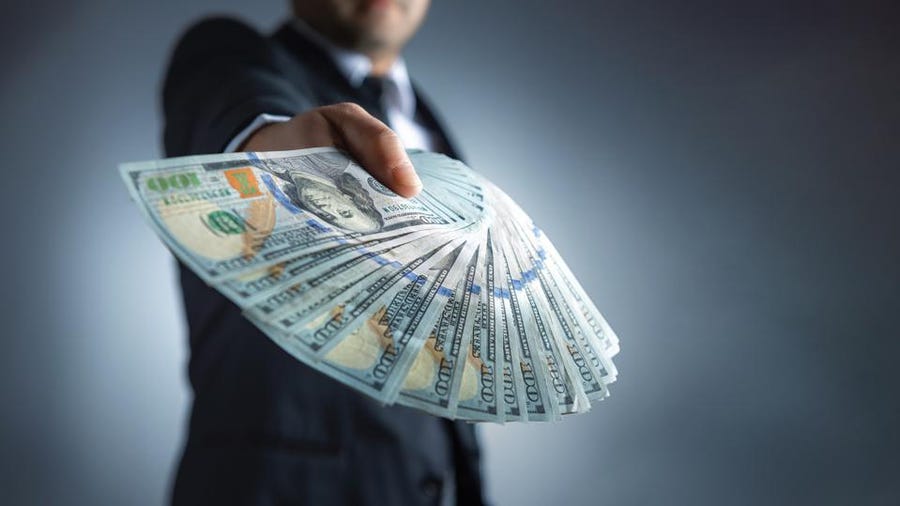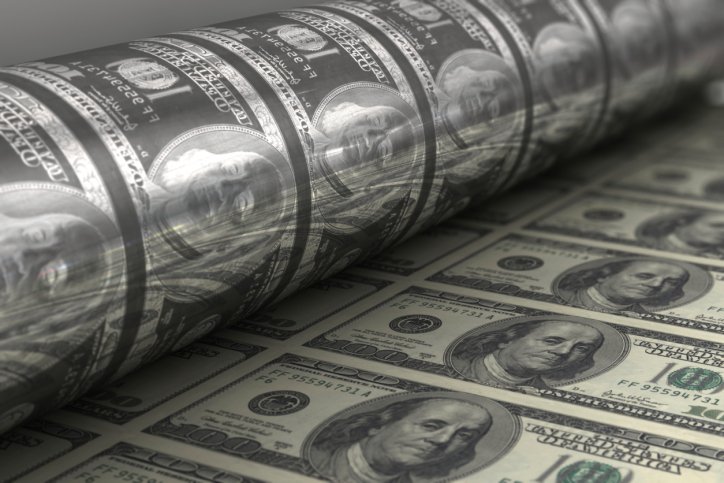America's central bank is called the Federal Reserve. Many believe the Federal Reserve "prints money" since that is its primary function: managing the U.S. currency supply. However, the Federal Reserve does not operate a currency printing press. That authority rests solely within the United States Treasury. In terms of money, the Fed has a lot of additional powers.
Knowing How The Federal Reserve Prints Money

The Federal Reserve System operates as the United States' primary banking system. As everyone knows, it goes by the acronym "Fed," and it's one of the most influential organizations in the world. The Federal Reserve oversees the supply of dollars and dollar equivalents in circulation. That means that the Federal Reserve's policies are accountable for creating or destroying billions of dollars daily.
The Fed: How Does It Operate?

Each month, members of the Federal Open Market Committee (FOMC) and its economic advisors meet to discuss the state of the U.S. economy and the nation's money supply. If it is decided that more currency creation is required, the Fed will set a policy to generate the appropriate quantity of new currency and inject it into the economy.
The Federal Reserve's Methods For Creating New Money
Open market operations (OMO) are Treasury purchases and sales that the Fed can use to either add to or remove from the money supply. To grow temporarily, it can use repurchase agreements. The discount window allows the Fed to provide short-term loans to financial institutions.
Raising bank reserves is the most popular way to inject new capital. The Federal Reserve can easily inject $1 billion into the economy by purchasing $1 billion in Treasury bonds on the open market and adding $1 billion to bank reserves.
Forms of Currency
By the amount and nature of the account in which they are held, the various forms of money in circulation (the money supply) are categorized as multiple "Ms," such as M0, M1, M2, and the defunct M3.
Not all of the groupings above are commonly used for what is known as monetary aggregates. It is possible that there would be variations in the classifications used between countries. The money supply is a measure of the market's confidence in the overall liquidity of the economy. The liquidity structure is segmented into various subsets.
Utilization of Economic Metrics
Monetary aggregates are a statistic used by the Federal Reserve to assess the impact of open-market operations, including Treasury securities trading and discount rate adjustments. Both investors and economists keep a close eye on the aggregates because they provide a reliable snapshot of the size of the country's circulating currency.
How To Make Sense Of The Fed Funds Rate
If the Federal Open Market Committee (FOMC) thinks the economy is doing well, it may recommend an interest rate called the target federal funds rate. It acts as a benchmark for banks to utilize when lending each other money to cover their surplus reserves overnight.
To affect the money supply and other interest rates, the Federal Reserve uses the Fed funds rate. For example, banks often reduce their rates for consumer loans and credit cards when the speed is lowered.
Additional Methods For the Fed To Create New Money
Central banks used to physically print new money in the early days of the banking system. There would be a reissue of paper currency and a fresh minting of metal coins, both of which would feature anti-fraud protections.
Financial Services Sales Cycle
What if the Treasury issued $10 billion in brand new bills? There are also readily liquid accounts to the tune of $90 billion, courtesy of the Federal Reserve. At first glance, it could look like the economy had a hundred billion dollar windfall. But that's a tiny fraction of the entire amount of money that may be made.
That's because of the part played by banks and other places that hand out loans when they get a fresh supply of cash. The vast majority of that $100 billion goes into bank reserves.
Currency Multiplier and Fractional Reserve Banking
As previously mentioned, the central bank purchases treasuries to increase the country's money supply. After that, it transfers the money to the commercial banks on the receiving end of the deal. Banks can make loans using this surplus capital up to the maximum allowed by the reserve requirement.
Summary
When it determines that doing so will assist the economy, the Federal Reserve issues new money. It does not give cash but rather effectively adds to the money supply. The Fed uses various tools to achieve this end, including shifts in the target fed funds rate. Open-market purchases of Treasury securities could increase reserves.









